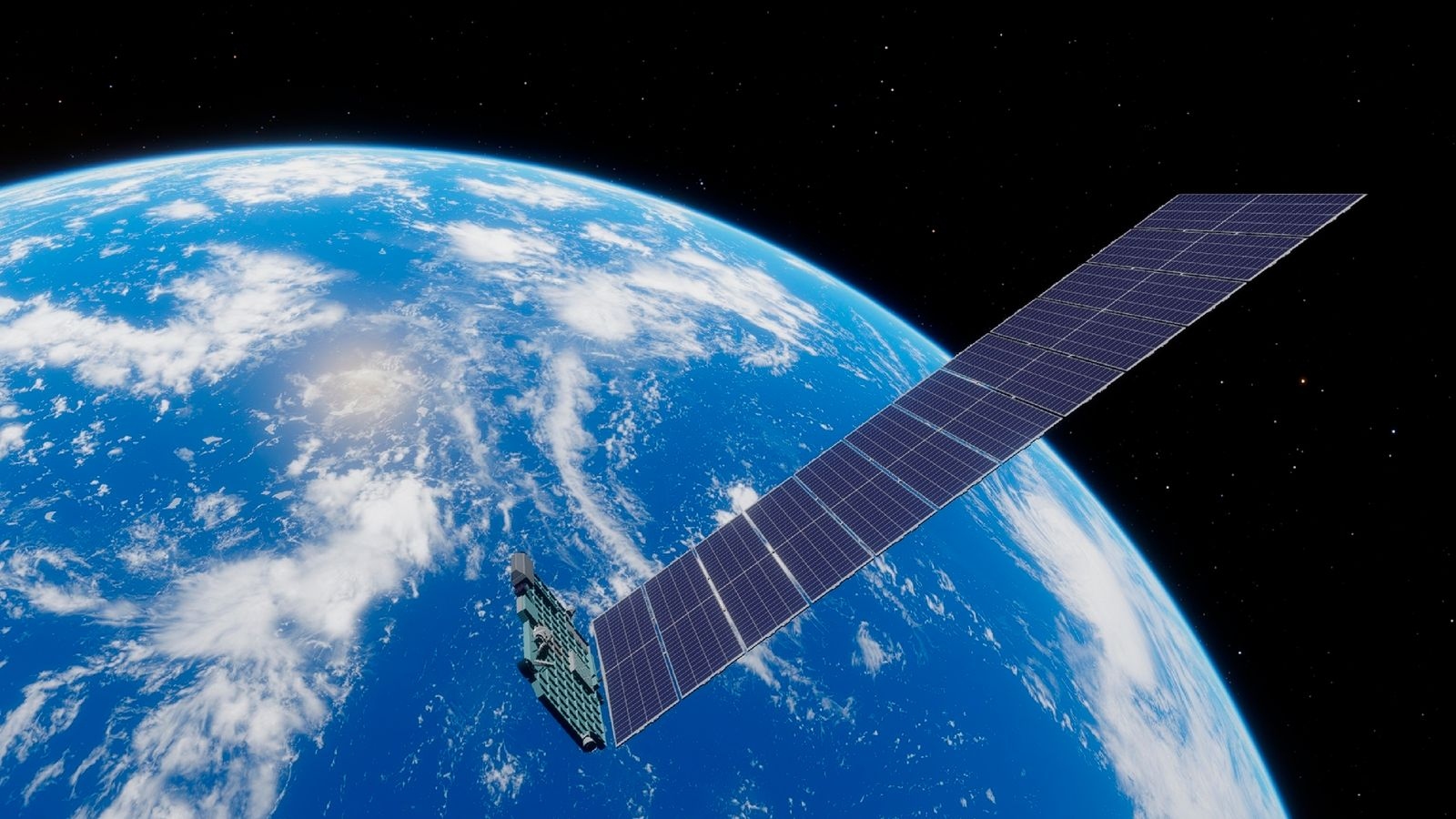Comments
- No comments found

Elon Musk’s Starlink project aims to provide global internet coverage with a network of satellites.
The project’s potential extends beyond internet connectivity. With high-resolution imaging capabilities, the Starlink satellite network can be used for forest fire detection, weather monitoring and prediction, and space imaging. As the satellites are replaced every five years, there is an opportunity to continually upgrade and enhance their capabilities, making the Starlink network a powerful global detection platform for researchers, governments, and businesses.
Elon Musk’s ambitious Starlink project has garnered significant attention for its mission to provide global internet coverage. However, the potential applications of this expansive satellite network go far beyond just internet connectivity. A Starlink satellite has a lifespan of approximately five years and SpaceX eventually hopes to have as many as 42,000 satellites in their so-called megaconstellation.
As the Starlink satellites are replaced every five years, there is an opportunity to continually upgrade and enhance their capabilities. This could pave the way for a global detection platform with a wide range of uses, from detecting forest fires to monitoring weather patterns, and even providing high-quality imaging of space.
Forest Fire Detection: The devastating consequences of forest fires cannot be overstated, and early detection is crucial to mitigate their impacts. With Starlink’s high-resolution imaging capabilities, real-time monitoring of forested areas could be possible. This would enable a quick response to potential fires, saving both lives and valuable resources. Moreover, data collected from this satellite network could be used to better understand the factors that contribute to forest fires, helping us take proactive steps to prevent them in the future.
Weather Monitoring and Prediction: Accurate weather forecasting is vital for a variety of industries, from agriculture to transportation. Starlink satellites, equipped with advanced sensors, could monitor atmospheric conditions and provide valuable data to improve our understanding of global weather patterns. By analyzing this information, meteorologists could make more accurate predictions, allowing individuals and businesses to better prepare for extreme weather events.
Space Imaging Platform: Starlink’s potential as a space imaging platform is also worth exploring. With constant advancements in sensing and imaging technology, future generations of Starlink satellites could offer detailed images of celestial bodies and phenomena. This could revolutionize our understanding of the cosmos, aid in the search for extraterrestrial life, and enable us to study distant celestial bodies with unprecedented detail.
Continuous Upgrades: As technology continues to advance, the potential for Starlink’s capabilities will only grow. The planned replacement of satellites every five years presents an opportunity to equip them with the latest in sensing and imaging technology. This ensures that the Starlink network remains at the cutting edge, providing valuable data and insights to researchers, governments, and businesses around the world.
Elon Musk’s Starlink project has the potential to be much more than a global internet provider. By leveraging the satellite network’s capabilities, we can create a global detection platform with applications ranging from forest fire detection to weather monitoring and space imaging. As technology advances and the Starlink satellites are replaced, the possibilities for this platform will continue to grow, making it a powerful tool in our quest to understand and protect our planet and beyond.
John is the #1 global influencer in digital health and generally regarded as one of the top global strategic and creative thinkers in this important and expanding area. He is also one the most popular speakers around the globe presenting his vibrant and insightful perspective on the future of health innovation. His focus is on guiding companies, NGOs, and governments through the dynamics of exponential change in the health / tech marketplaces. He is also a member of the Google Health Advisory Board, pens HEALTH CRITICAL for Forbes--a top global blog on health & technology and THE DIGITAL SELF for Psychology Today—a leading blog focused on the digital transformation of humanity. He is also on the faculty of Exponential Medicine. John has an established reputation as a vocal advocate for strategic thinking and creativity. He has built his career on the “science of advertising,” a process where strategy and creativity work together for superior marketing. He has also been recognized for his ability to translate difficult medical and scientific concepts into material that can be more easily communicated to consumers, clinicians and scientists. Additionally, John has distinguished himself as a scientific thinker. Earlier in his career, John was a research associate at Harvard Medical School and has co-authored several papers with global thought-leaders in the field of cardiovascular physiology with a focus on acute myocardial infarction, ventricular arrhythmias and sudden cardiac death.
Leave your comments
Post comment as a guest